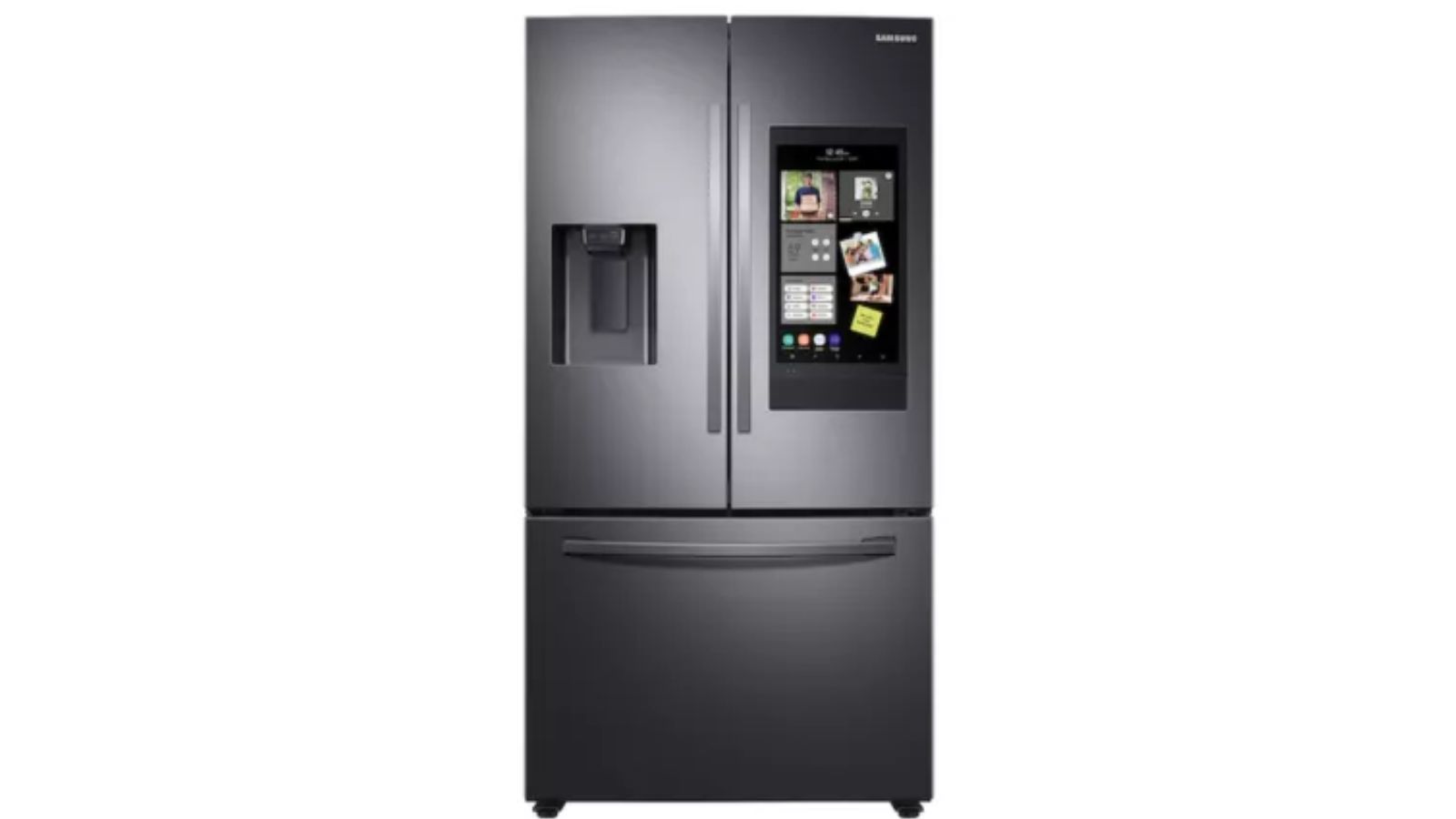How to balance essential vs luxury features when designing your dream kitchen
We've made deciding what to choose during a kitchen renovation simpler with these tips to create a space that fulfills your needs

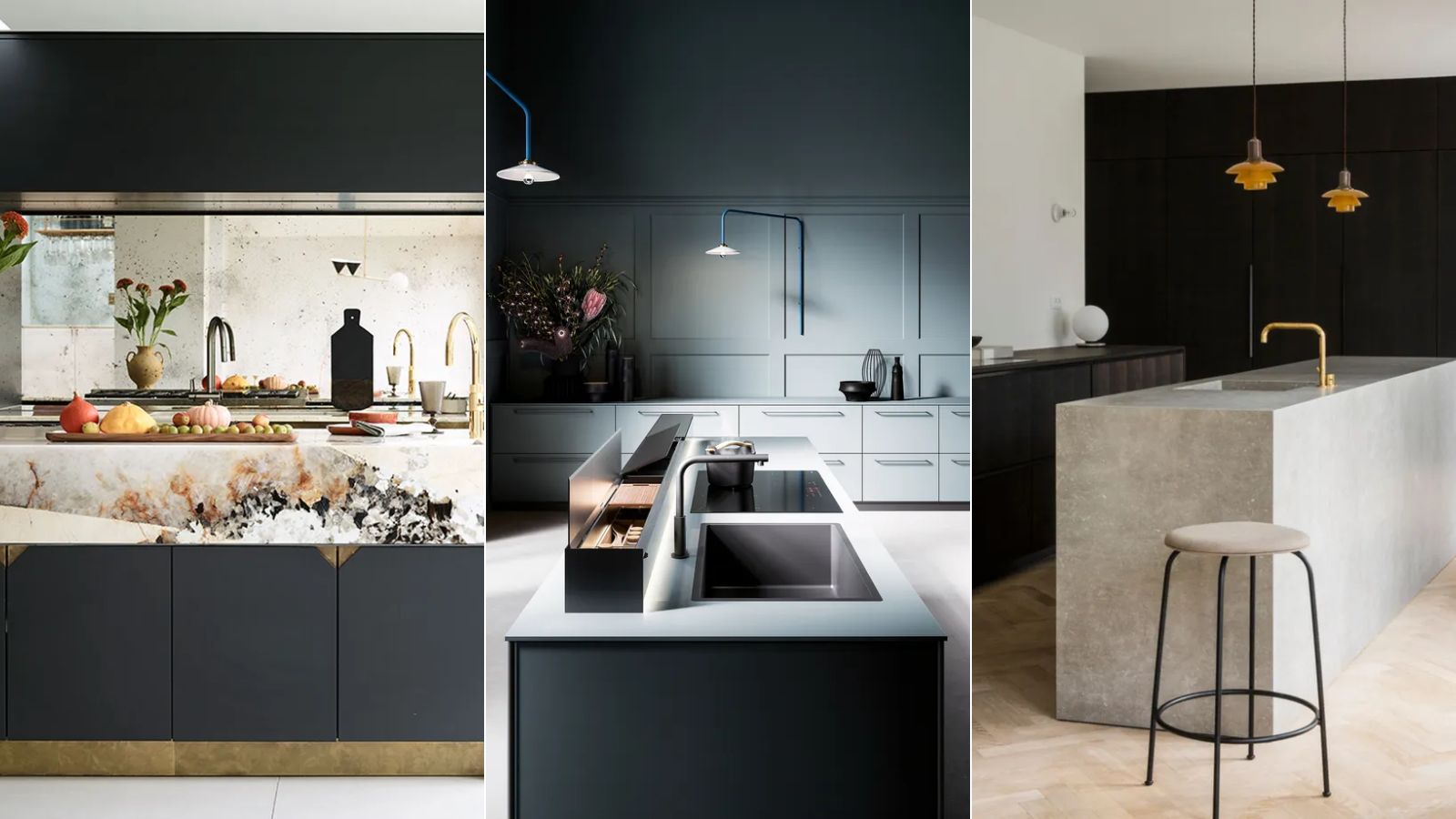
When planning any renovation, it's important to distinguish what are your must-haves and what are your nice-to-haves. In a kitchen, functionality and usability are key, so there will always be some non-negotiable essential items you will need to budget for. However, adding luxury upgrades that elevate your space is always tempting.
Striking a balance between dream kitchen upgrades and essential components is key to a successful kitchen remodel. With proper planning, you can weigh up these options to make the best and most profitable decisions for your space.
We've made deciding between essential vs luxury features for a kitchen much simpler with these tips from designers. So follow their guidance to create a kitchen that fulfills your needs and wants while increasing the value of your home.
Essential vs luxury features for a kitchen
To make optimal decisions when choosing features for your kitchen and avoid expensive home renovation mistakes, it's essential to consider how you use your kitchen and the overall value each feature can bring.
'Kitchen must-have features include anything that will enhance the functionality of the space,' says Jen Nash, Head of Design at Magnet Kitchens. 'This includes anything from quality appliances and kitchen lighting, to efficient storage solutions,'
'The time to consider your 'nice-to-haves' – such as high-end materials and finishes, smart tech, and specialized appliances – is after you have accounted for all your must-have features.'
Below are the five things to do to balance luxury and essential items when renovating a kitchen.
Design expertise in your inbox – from inspiring decorating ideas and beautiful celebrity homes to practical gardening advice and shopping round-ups.
1. Set a realistic renovation budget
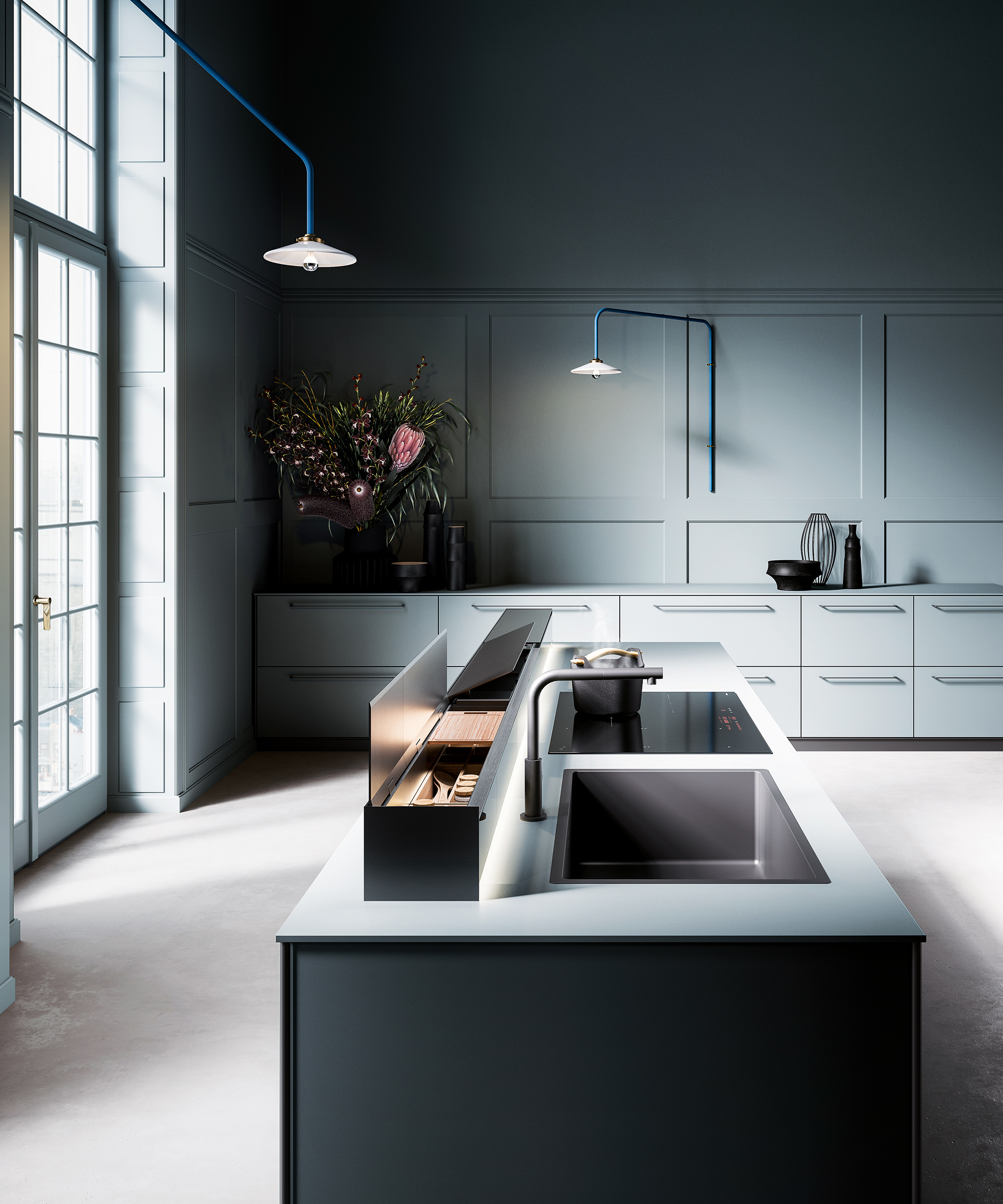
Before you begin your project, it's essential to understand how much a kitchen remodel costs and set aside a realistic budget. Account for material, appliances, and decorating/labor costs. You may also wish to allocate a discretionary budget for 'nice-to-have' features.
'Additionally, when budgeting for luxury items, take into account your home's resale value according to your neighborhood's price range,' advises James Heartquist, real estate buyer and owner of We Buy Houses Arizona. 'This will help you allocate a budget for kitchen features that add value to your home, and avoid overspending on unnecessary features that won't.'
This first step will help you better understand your priorities and later make tradeoffs when you've worked out what you need and what may be less essential.
2. Assess your cooking habits and lifestyle
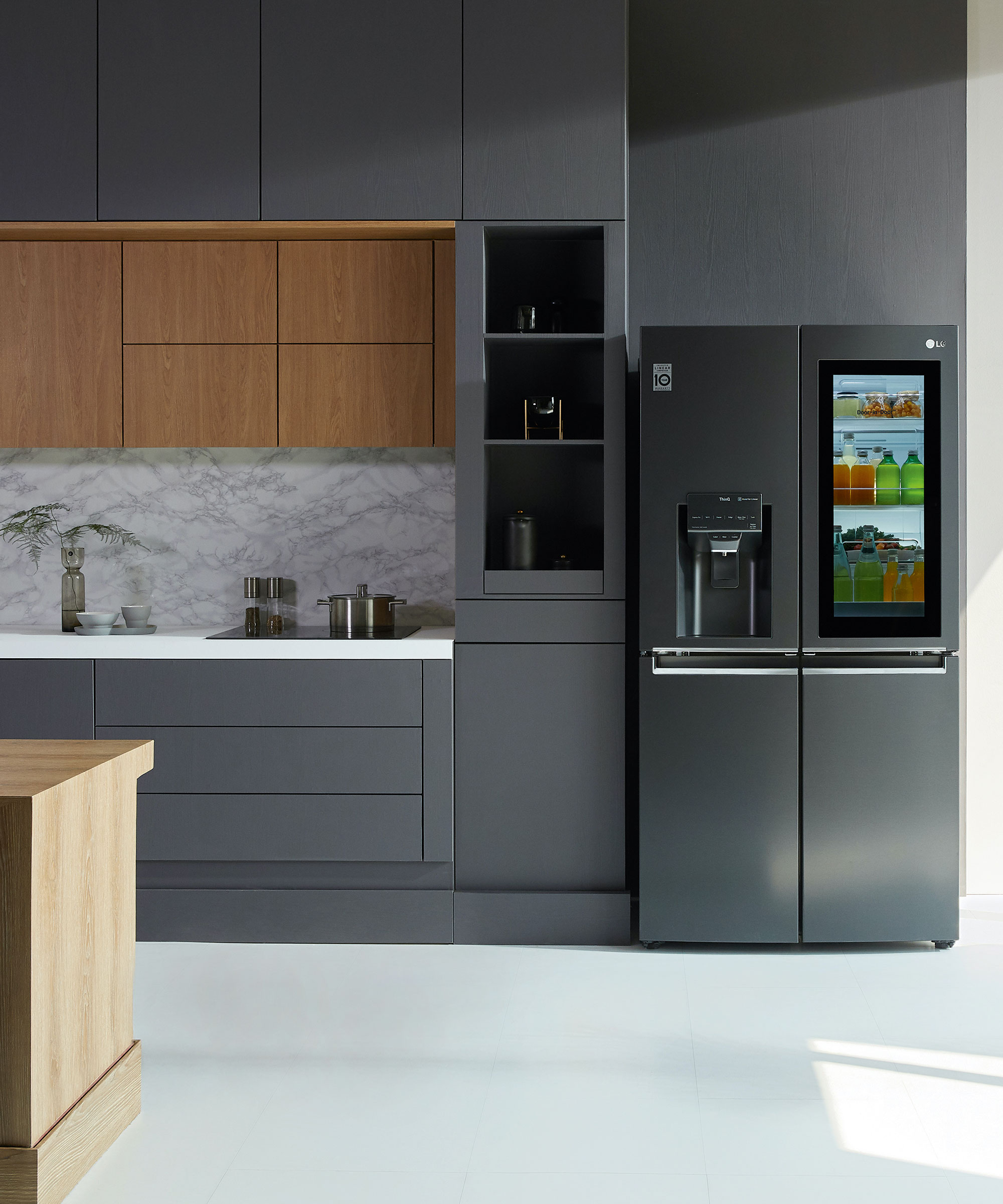
Reflect on how you use your current kitchen. Understanding your habits will reveal which features are essential. Do you cook elaborate meals or stick to simple weeknight dishes? Entertain large groups or just your family?
If you frequently cook and host dinner parties, investing in high-quality appliances, a kitchen island, large countertops, and a spacious layout may be essential. However, if you rarely cook, these features could be considered a luxury that does not justify the expense.
'From a cook's perspective, choosing kitchen essentials versus luxuries requires you to know what appliances and essential home cooking tools support your cooking style and regular food choices,' says Norah Clark, a chef and Food Editor at Boyd Hampers. 'For example, a high-powered blender or a professional grade mixer might be indispensable for frequently crafting sauces or baking, while others might view them as lavish extras that aren't necessary.
Ninja Professional Plus Kitchen System with Auto-IQ | Was $219.99, now $179.99 at Best Buy
A big 72 oz. pitcher combines with a 64 oz. food processor bowl, perfect for those who love smoothies, or soups.
3. Consider long-term utility
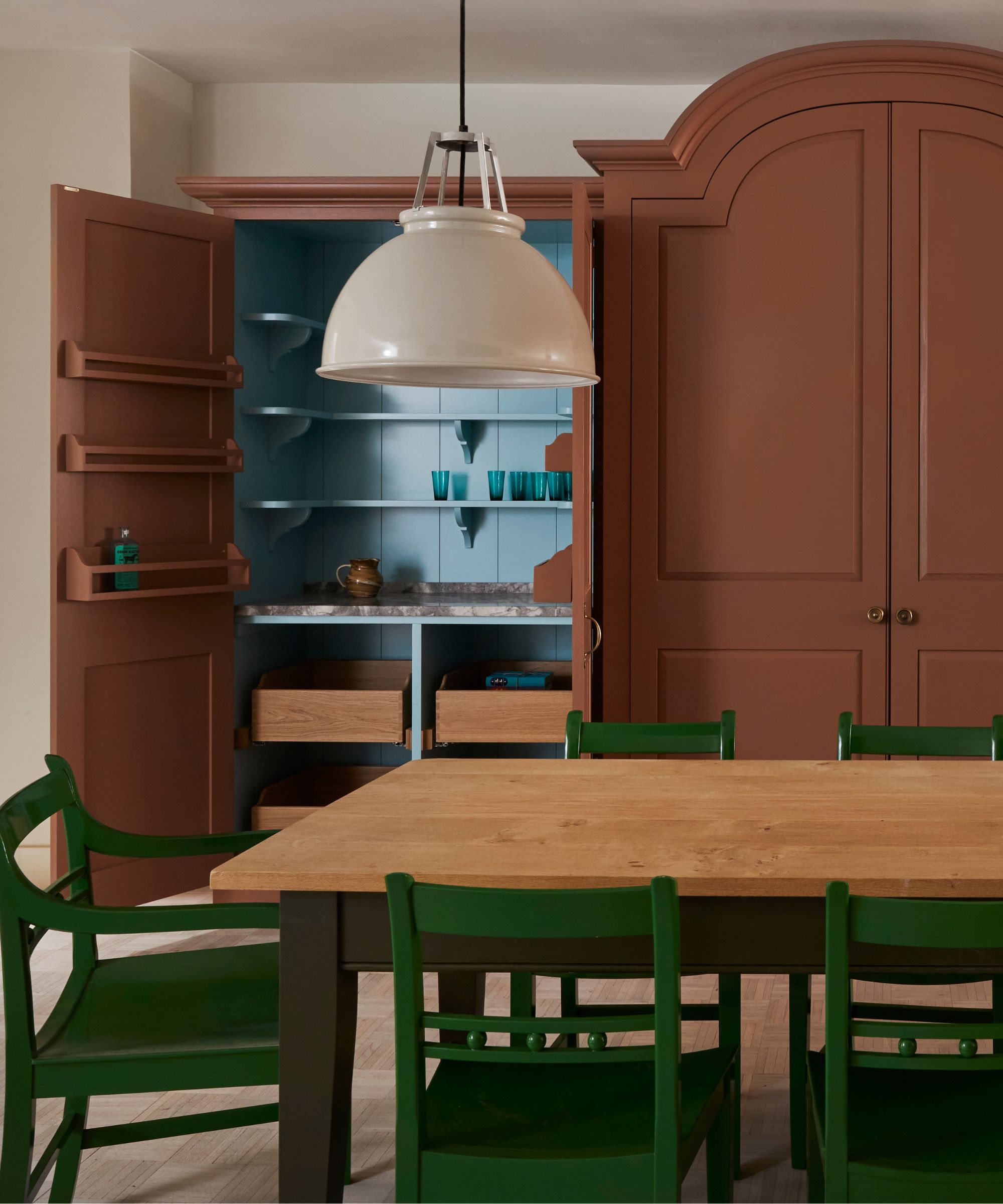
When designing your kitchen, incorporate features that will future-proof your home. Consider durability and long-term advantages. It's also wise to consider resale value, even if this kitchen is your forever home. Here's some guidance:
- Think about the universality of expensive and more permanent features. While personal touches can make a space more appealing, avoid overly extravagant customizations that cater to specific tastes. These may not have the same appeal for future buyers and may even reduce your property value.
- Additionally, trendy design elements might seem desirable now but could quickly become outdated or impractical. Investing in timeless designs and quality materials can pay dividends down the road.
- Choosing energy-efficient appliances may cost more initially, but they can save money long-term. Not only will they cut your energy bills, but they can also increase your home's curb appeal.
- Tech integration may seem like a luxury now, however, smart appliances, touchscreen controls, and voice assistants for recipe streaming may be mainstream essentials in the future. Consider how these factors may play into making your home more energy-efficient and increasing its resale value. Planning ahead by installing smart home must-haves may just be the dream kitchen upgrade that will sell your home faster.
- Finally, durable, easy-to-clean materials and ample storage can be must-haves for maintaining a functional and organized kitchen and are always attractive to potential buyers.
4. Rank nice-to-have features

After settling on your must-have features, determine which luxury items align with your lifestyle and can add real value to your home.
To do this, create a running wishlist of dream features, as well as their benefits, along with rough cost estimates. For example, for extras like a butler's pantry, built-in coffee station, wine fridge, boiling water tap, warming drawer, or premium tile backsplash, ask yourself how much value they will add to you personally and to potential buyers.
Rank each item according to what is critical for your lifestyle and enjoyment. The top of this list will contain your 'must-haves', and toward the bottom, you will find your 'nice-to-haves' and extra perks.
By prioritizing elements that offer the most significant benefits to your lifestyle and in future-proofing your home, you can create a kitchen that is both functional, beautiful, and perfectly tailored to your needs.

Lola Houlton is a news writer for Homes & Gardens. She has been writing content for Future PLC for the past six years, in particular Homes & Gardens, Real Homes and GardeningEtc. She writes on a broad range of subjects, including practical household advice, recipe articles, and product reviews, working closely with experts in their fields to cover everything from heating to home organization through to house plants. Lola is a graduate, who completed her degree in Psychology at the University of Sussex. She has also spent some time working at the BBC.

